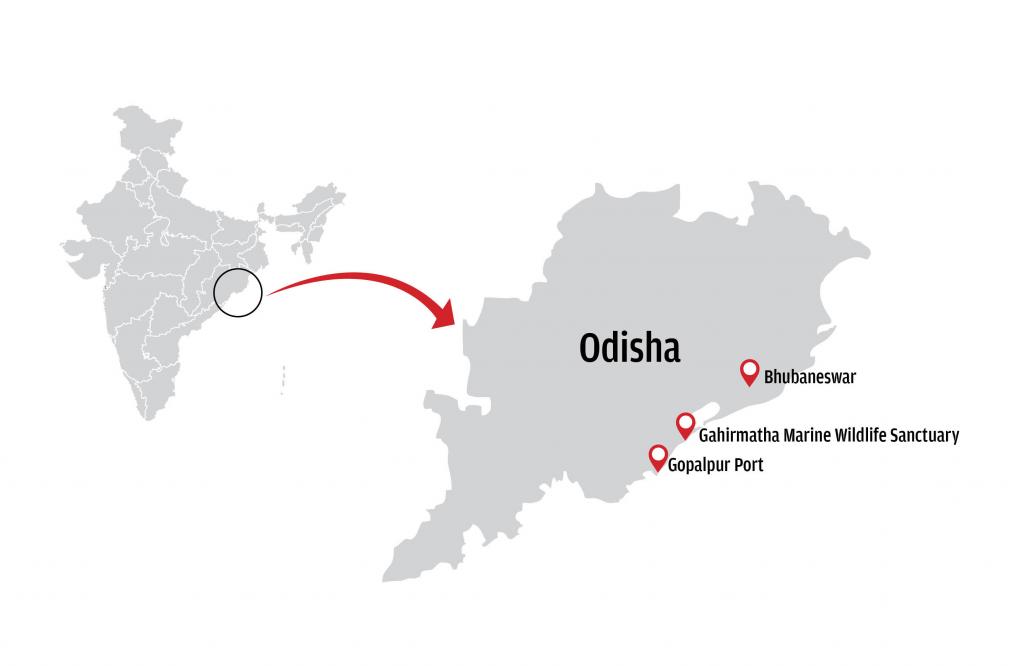900 319 0030
enquiry@shankarias.in
Ancient North Siberians
Folk arts of Himachal Pradesh
Shortwave Radio Transmissions
Indian Navy Environment Conservation Roadmap
Olive Ridley

Olive Ridley Research Centre
Source: PIB, the Hindu